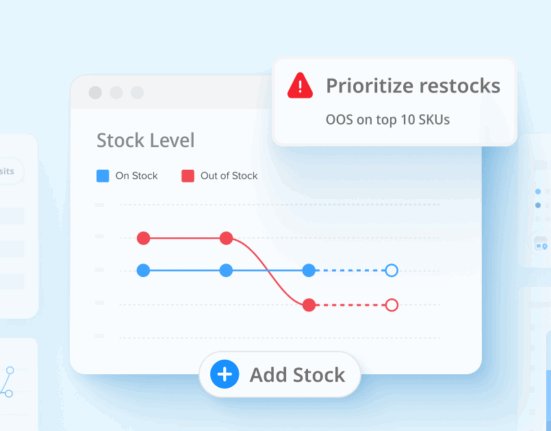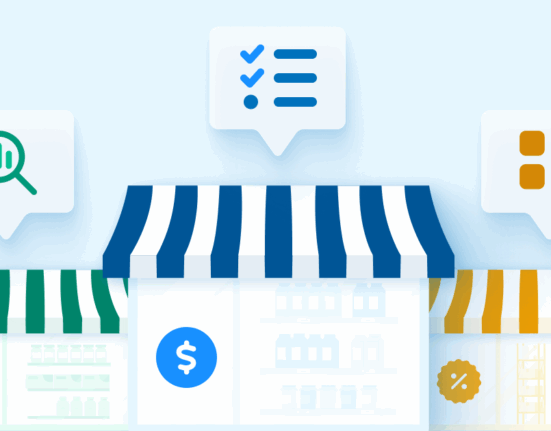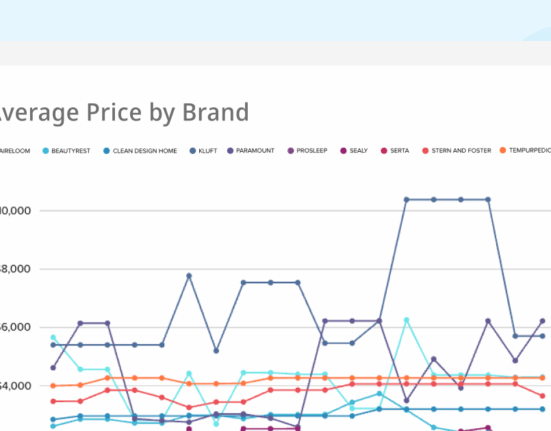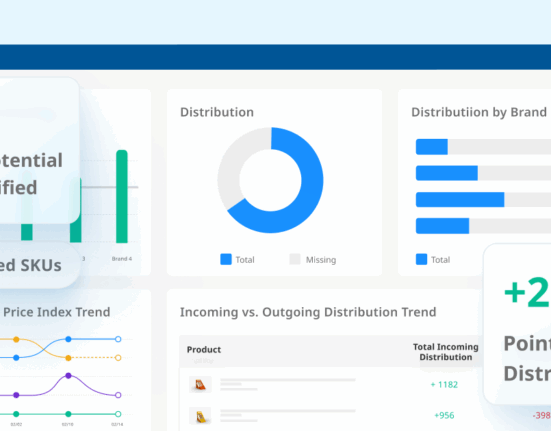Make smarter decisions. Close execution gaps. Win at the shelf.
Retail execution can no longer be a passive process or annual check-the-box activity. With today’s shoppers moving fluidly between screens and stores, brands must respond in real time—and with precision.
That’s where crowdsourced audits come in. By tapping a distributed network of real shoppers, brands can audit thousands of stores, uncover hidden issues, and drive smarter in-store decisions—without ballooning costs or overextending field teams.
But the smartest brands don’t stop at visibility. They activate their retail data to influence retail partners, maximize ROI, and win more at the shopper’s moment of decision.
Here’s how best-in-class teams are doing it:
1. Focus on the Stores That Matter Most
Crowdsourced audits help you move from “spray and pray” to precision. Rather than react to retailer complaints or guess where issues lie, you get hard data on where execution is falling short—and where your reps are actually needed.
Best practice: Use retail audit data to segment stores based on compliance history, sales potential, and store type.
In action: A beverage brand identified 22 non-compliant stores mid-campaign and reallocated reps accordingly saving 75% in costs while preserving sales impact.
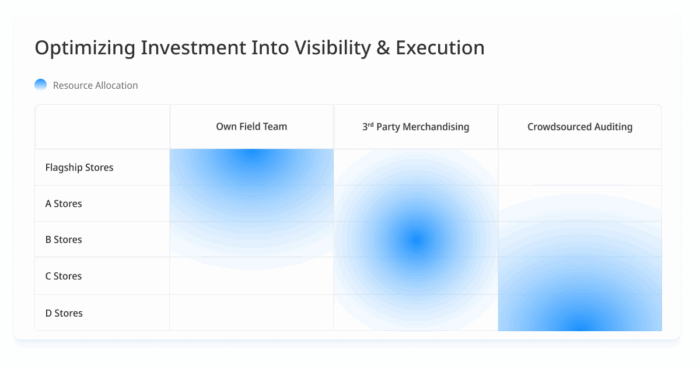
2. Run Pre, Mid, and Post-Promotion Audits
Promotions are expensive. But without execution visibility, most brands don’t know if a campaign was activated correctly—let alone if it reached shoppers.
With real-time audits, you can:
- Verify setup (signage, displays, pricing) ahead of launch
- Spot mid-flight execution gaps or stock issues
- Measure compliance and promotional lift post-campaign
Best-in-Class: High-performing teams integrate audit data into promo planning cycles, track KPI performance by region or retailer, and refine trade investment accordingly.
3. A/B Test Retail Display Tactics in Stores
Want to test two display designs? Compare signage impact? Crowdsourced audits let you do it in-market, in real stores, and at scale.
Use store-level data to compare:
- Visual appeal and visibility
- SKU placement and configuration
- Display compliance and sell-through impact
Why it works: You get behavioral data—not just recall—on what actually influences purchase decisions at the shelf.
4. Benchmark Execution vs. Competitors in the Same Aisle
Execution is relative. If your products are perfectly executed but your competitor has more space, better signage, or stronger promo presence—you can still lose ground.
With audit data, you can:
- Measure share of shelf and display across the category
- Track competitive pricing and promotion timing
- Identify where packaging, facings, or position are falling short
⚔️ Strategic move: Use this data to build a fact-based case with retailers, justify better placement, and counter aggressive competitor tactics.
5. Build Scorecards to Hold Retailers Accountable
Top brands use audit data to turn anecdotal feedback into quantified, retailer-specific scorecards. These tools improve collaboration and drive compliance improvements.
A good scorecard might include:
- Planogram compliance by location
- Promo activation rate by campaign
- On-shelf availability (OSA) over time
- Pricing or signage issues by region
Pro tip: Share scorecards with key accounts to co-develop improvement plans—and position your brand as a data-driven partner.
6. Track New Product Launches More Effectively
The first few weeks after a launch make or break your results. Without visibility, you risk poor execution, missed tags, and out-of-stock problems.
With store audits, you can:
- Track launch execution across retailers and store formats
- Verify pricing, positioning, and shelf tag accuracy
- Flag early gaps in coverage or velocity
Why it matters: Audits help you intervene before small issues compound—protecting launch ROI and retailer confidence. Learn more about improving new product launches with crowdsourced shopper feedback here.
7. Optimize Field Rep Deployment with Store-Level Insights
Field reps are your most expensive in-store resource. Use audit data to triage where they’re deployed, based on store performance—not just preset routes.
Brands using this model often follow rules like:
- 90% compliant = no visit needed
- Promo/display gaps = rep dispatched
- Multiple flags = high-priority support store
Result: Field teams focus where they can have the biggest impact, while low-risk stores are monitored through audits and trend data. Learn how an RTD beverage brand used crowdsourced audits to identify non-compliant fridge displays.
Final Thought: Crowdsourced Audits Are Your Edge at the Shelf
Start small. Get strategic. And let the data guide the next best move.
Execution gaps cost sales. But with the right data, the right focus, and the right follow-up—you can move faster than your competitors, stay aligned with your retailers, and win where it matters most.
The brands leading in-store today don’t just collect data.
They act on it.
Bonus: How Leading Brands Maximize Audit ROI
To get the most from your investment, best-in-class execution teams follow these principles:
Promo Compliance:
- Plan activation, measure in-flight performance, evaluate execution lift
- Use dashboards to trend KPIs and automate post-campaign reviews
Shelf Health:
- Use data to prioritize top accounts and standardize metrics across store types
- Align field reps, internal teams, and other partners using common KPIs
Category Insights:
- Track your share of shelf and competitive positioning at the category level
- Use shelf data to uncover whitespace and support strategic trade planning





